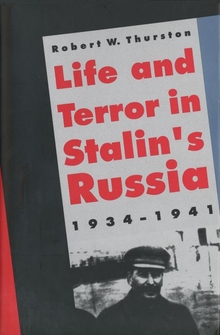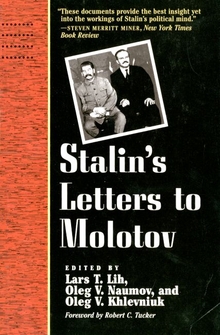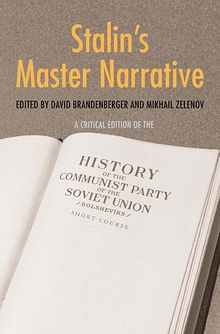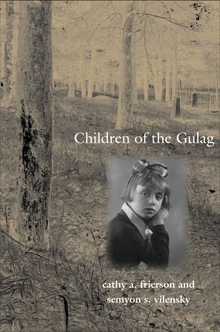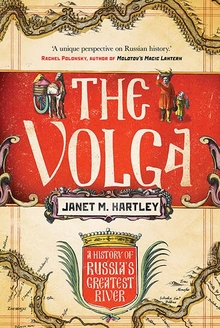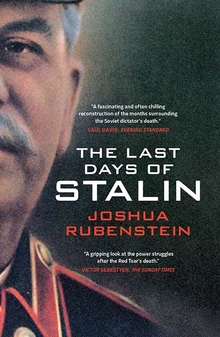Life and Terror in Stalin's Russia, 1934-1941
WARNING
You are viewing an older version of the Yalebooks website. Please visit out new website with more updated information and a better user experience: https://www.yalebooks.com
Robert W. Thurston
Out of Print
Drawing on recently opened Soviet archives and other sources, Thurston shows that between 1934 and 1936 police and court practice relaxed significantly. Then a series of events, together with the tense international situation and memories of real enemy activity during the savage Russian Civil War, combined to push leaders and people into a hysterical hunt for perceived "wreckers." After late 1938, however, the police and courts became dramatically milder.
Coercion was not the key factor keeping the regime in power. More important was voluntary support, fostered at least in the cities by broad opportunities to criticize conditions and participate in decision making on the local level. The German invasion of 1941 found the populace deeply divided in its judgment of Stalinism, but the country's soldiers generally fought hard in its defense. Using German and Russian sources, the author probes Soviet morale and performance in the early fighting.
Thurston's portrait of the era sheds new light on Stalin and the nature of his regime. It presents an unconventional and less condescending view of the Soviet people, depicted not simply as victims but also as actors in the violence, criticisms, and local decisions of the 1930s. Ironically, Stalinism helped prepare the way for the much more active society and for the reforms of fifty years later.
"An excellent book that presents an original and wide-ranging interpretation of the Stalinist terror. It is clearly written and filled to the brim with gripping human-interest stories that create a mosaic of individual experiences."—Lars Lih, co-editor of Stalin's Letters to Molotov, 1925-1936
"A boldly original reading of one of the central issues of Soviet history, Robert Thurston's Life and Terror in Stalin's Russia takes the 'revisionist' approach to a new level. His argument that Soviet citizens broadly accepted the Terror as just, because it 'echoes their own experience and assessments of their situation,' is sure to reanimate a debate that had reached something of a stalemate."—Lewis H. Siegelbaum, Michigan State University
"Practicing historians and university students will find Thurston’s interpretation of the 1930s lively, informative, thought-provoking."—Chris Ward, Slavic Review
"The book is stimulating, even entertaining, and it certainly raises ample food for thought."—Andrea Chandler, Political Science Quarterly
"Thurston challenges conventional interpretations of the Soviet purges of the 1930s. . . . A well-written and thought-provoking study for scholars in the field and subject collections."—Library Journal
"No doubt this book will make its way onto the reading lists of appropriate college courses as an excellent example of the revisionist school and its ongoing debate on Joseph Stalin and the nature of his regime."—Jack M. Lauber, History: Reviews of New Books
"A well researched and documented [book], and it contains much interesting material."—Geoffrey Hosking, Journal of Modern History
"The strengths of this book include its longish time span, its ambitious scope, multidisciplinary approach and wide variety of sources, and its frequently repeated and explicit central arguments. Thurston shows the complex circumstances that combined to produce the Terror."—Martin Ryle, H-Net Book Review
"Thurston's book, Life and Terror in Stalin's Russia, is an ambitious and forceful attack on descriptions of the Soviet 1930s as totalitarian."—Nellie Ohr, H-Net Humanities and Social Sciences OnLine
Publication Date: March 27, 1996
16 b/w illus.

